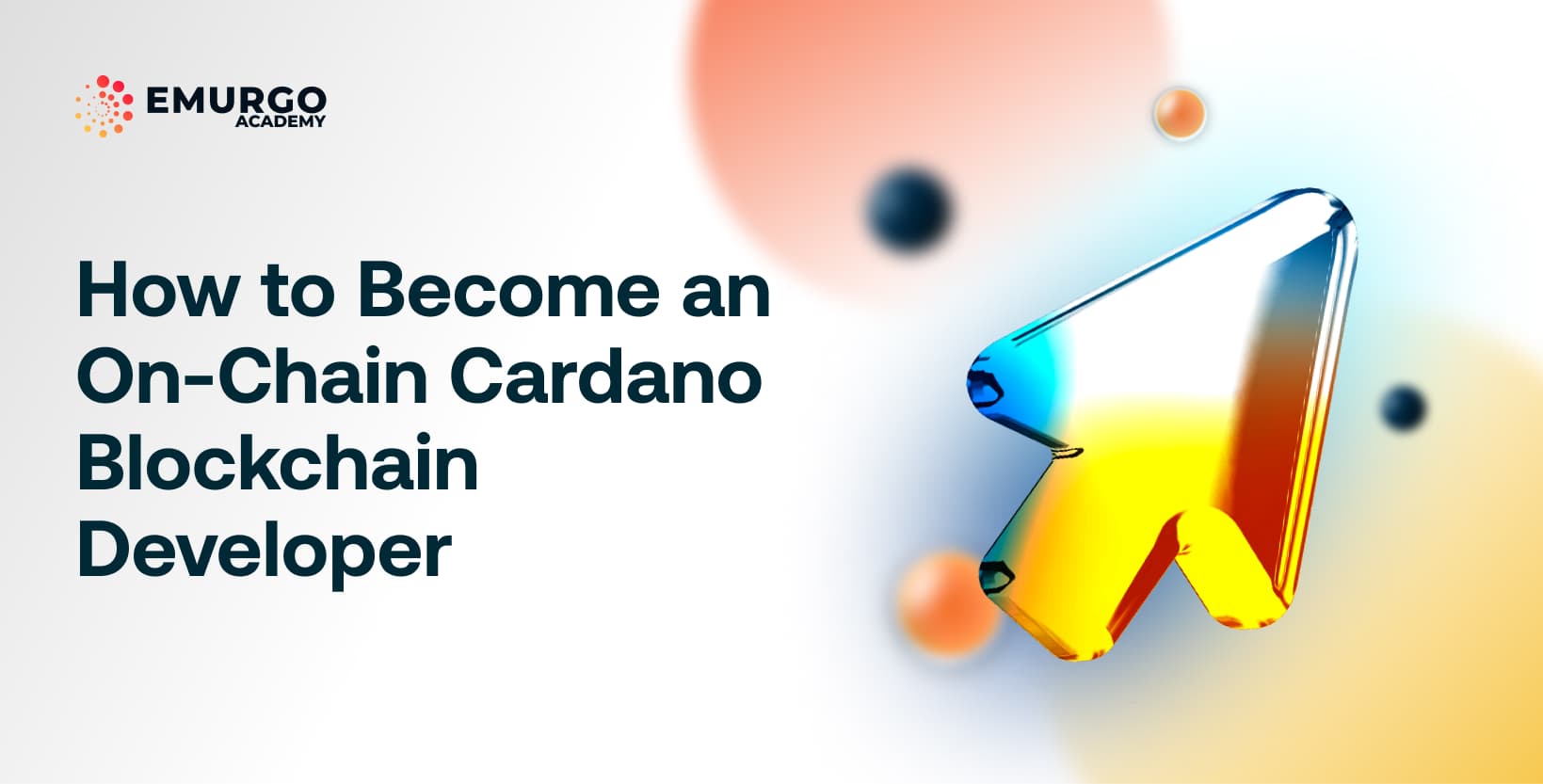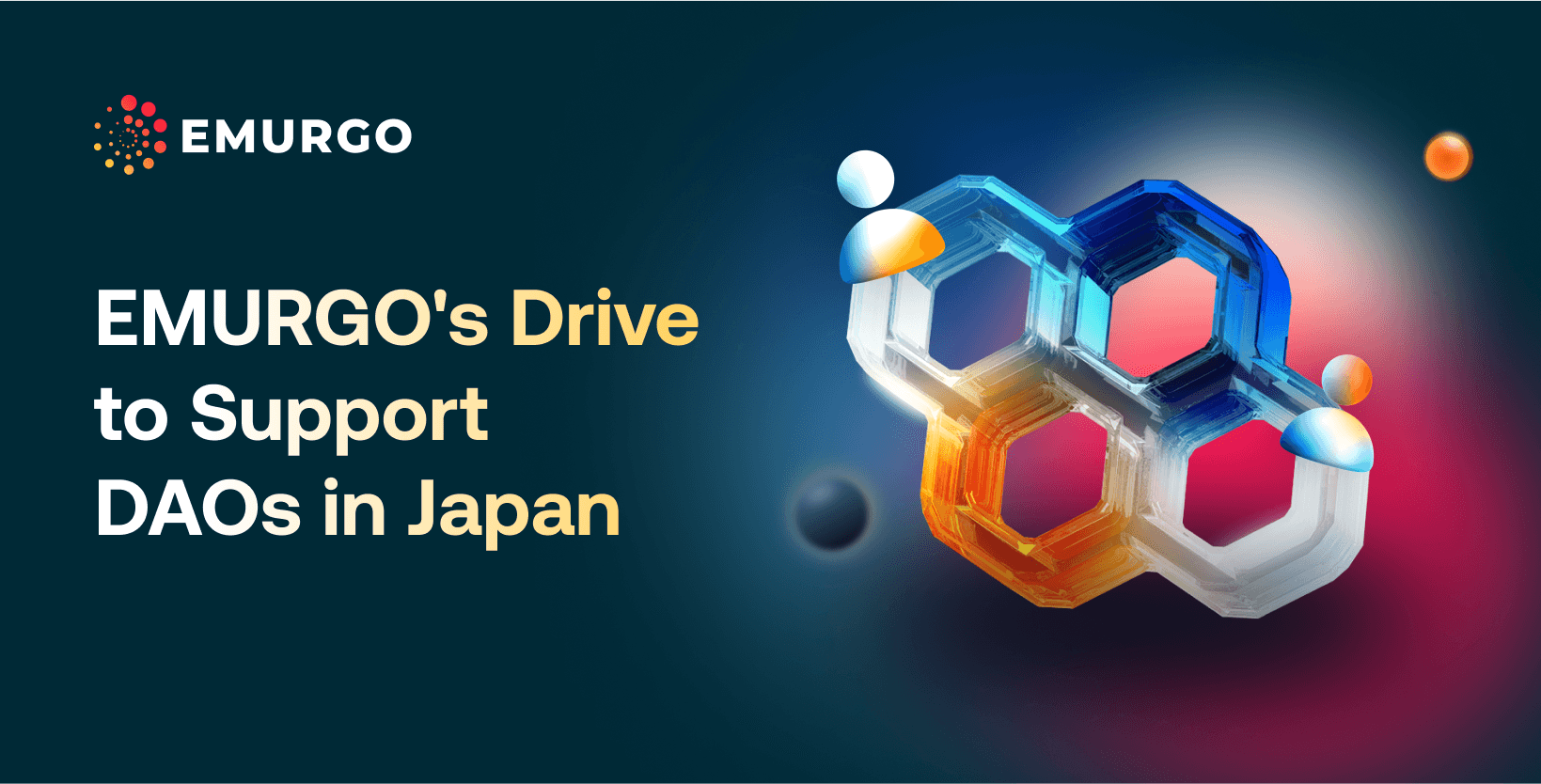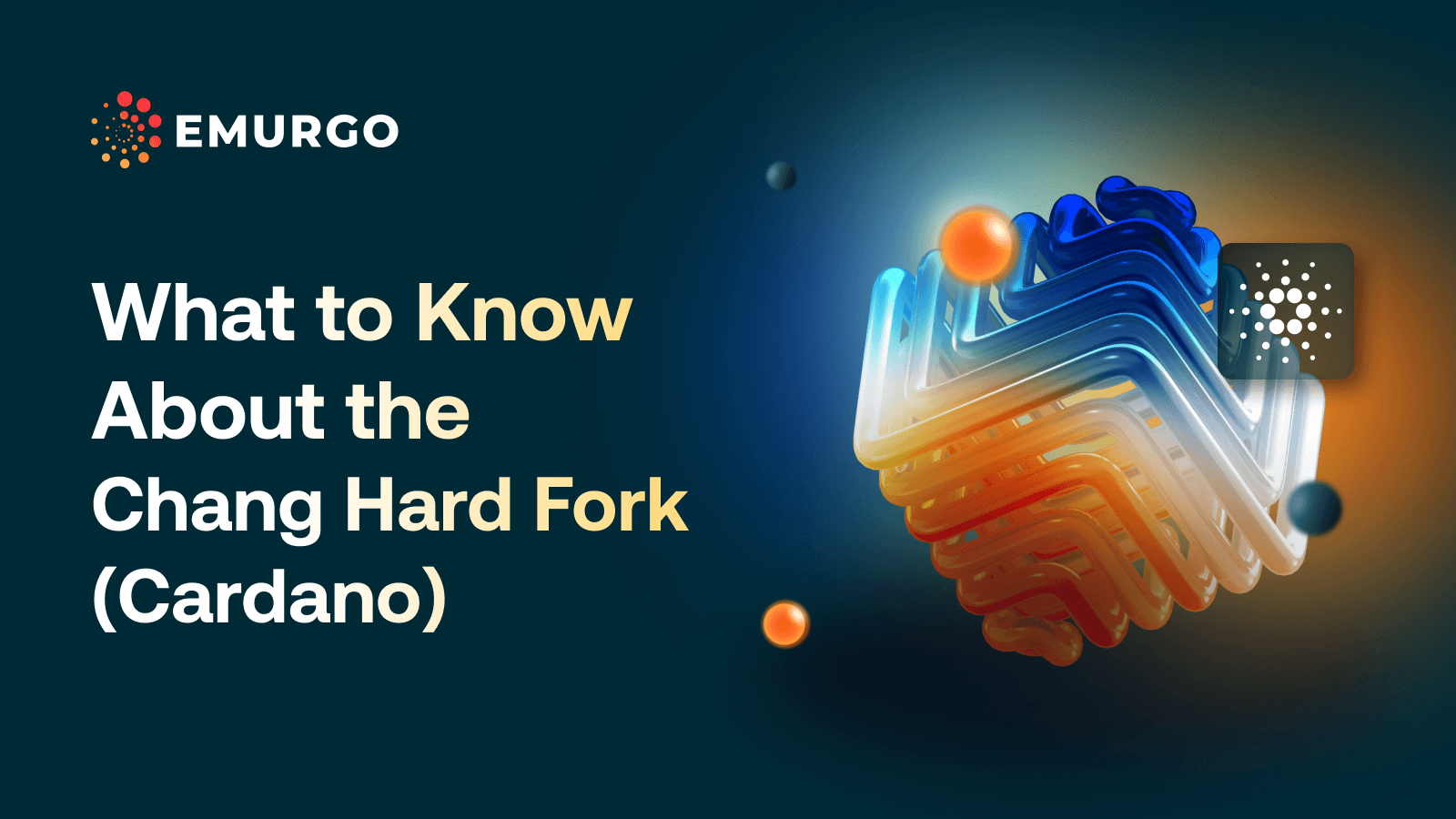This blog explains what you need to become an on-chain Cardano blockchain developer.
Interest in the Cardano blockchain and crypto overall has grown immensely over the past several years as many people all over the world have started to adopt and use blockchain-based applications as well as crypto. In Cardano, many decentralized applications (dApps) for decentralized finance (DeFi) and NFTs have gained much traction with users.
As more developers gain interest in developing decentralized products and services on Cardano due to its fast transactions, reasonable fees, and environmentally friendly tech, a diverse range of these dApps is poised to make Cardano one of the most used blockchains in the industry. According to research by blockchain analytics firm Santiment, Cardano developer activity has consistently increased while more Cardano dApps have continuously deployed to the main network.
The combination of development activity and user demand for Cardano dApps is turbocharging the demand for Cardano blockchain developers. As the ecosystem keeps expanding, more and more projects compete for a finite pool of qualified blockchain developer professionals, especially in the Cardano ecosystem.
This naturally creates a significant opportunity for others to join and meet the demand. There is a vast need for new qualified Cardano developers and that gap is creating significant opportunities with lucrative benefits for some.
However, the market needs time to catch up when procuring and training new blockchain developers. It takes time to learn, apply, and develop the practical skills needed to build on Cardano. There is also a misconception when it comes to Cardano development as it’s very different from growth in other blockchain ecosystems.
In this blog series focusing on becoming a Cardano developer, find out what you need to know to develop on Cardano, the unique properties of developing in Cardano, and various related topics including the differences between Haskell, Plutus, Marlowe, and more.
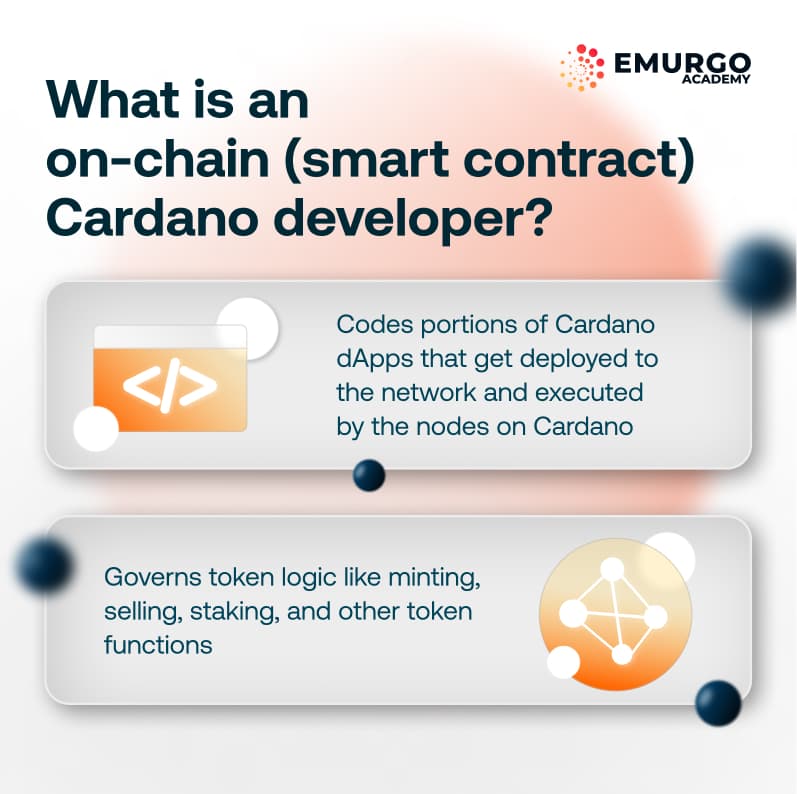
Cardano is different from other blockchain networks. In most other blockchains, a smart contract is a single entity that governs the logic of token sales, distribution, balance tracking, etc. Instead, the Cardano ecosystem has native tokens, which means the token balance is recorded directly in the Cardano blockchain ledger.
For this reason, a blockchain developer for Cardano dApps is a much more specialized role in Cardano. The dApp is divided into distinct portions which require different skills to develop. Broadly speaking there are three categories:
- On-chain: This is the portion of the smart contract that lives on the Cardano blockchain. It is also called a validator because it governs the token logic like minting, selling, staking, and any other function that can be performed on a token.
- Off-chain: This is the code that is not recorded on the Cardano blockchain. Its job is to connect with the validator and create the steps of a transaction. This is also known as transaction construction.
- Front-end: This is the part of the dApp that users interact with. It is related to the UX/UI design but also deals with how to connect Cardano wallets like Yoroi to a website or mobile application.
These are the three major fields that relate to what a blockchain developer does on Cardano. Each is a specialized track and developers will benefit the most by focusing on one area. It’s still important to be aware of the other sections, but in Cardano, specialization is key.
In the rest of this article, we’ll focus on the on-chain portion of a dApp which is the most traditional and common role for a blockchain developer
As we have said, a validator is a piece of code that lives on the Cardano network which is why it is called on-chain code. It’s the portion of the dApp that is deployed to the blockchain and what gets executed by the nodes on Cardano. It’s what most traditionally could be understood as a smart contract.
Yet, on Cardano, creating fungible and non-fungible tokens (NFTs) doesn’t require a smart contract. So, the validator is a more specialized tool that is used to govern the logic to manipulate tokens.
A validator can create tokens on demand, lock them in an escrow, use them as collateral for a loan, etc. It’s a tool that can be used to code the different roles and actions a user can perform when interacting with a given dApp.
The on-chain code is coded by a blockchain developer who understands the architecture of Cardano. It requires a deep knowledge of how Cardano executes these instructions and how the node architecture interacts with other portions of the dApps.
In and of itself, the on-chain code is small. A validator can have a few hundred lines of a couple thousand at most. This doesn’t mean it is an easy role, as it requires much thought and design to abstract the logic of a use case into the lines of code that the network will execute.
It’s a role best suited for those looking to take complex interactions and create a finite set of instructions for them. Of course, an on-chain developer also needs to be in constant communication with the other members of the team to streamline the process.
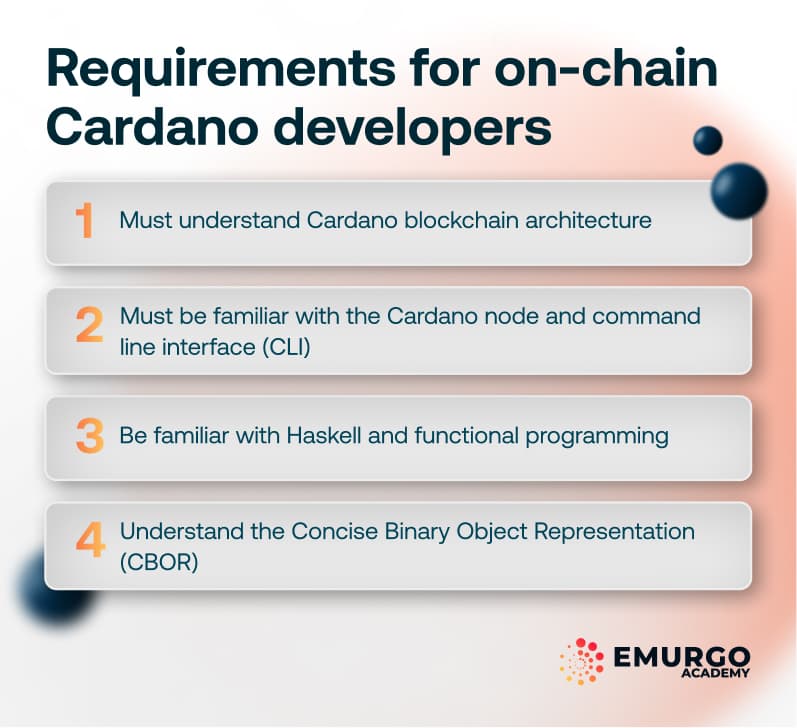
The path toward becoming a Cardano blockchain developer on the validator track runs through the design of Cardano. It requires the following:
- Understanding of the Cardano blockchain architecture: On-chain code gets deployed on the Cardano network. It’s crucial to know how that network works and what are the design choices behind its functioning.
- Familiarity with the Cardano node and command line interface (CLI): The node and CLI are tools created to interact with Cardano. The CLI is how a developer would create tokens without using on-chain code. It’s important to know when it is better to use a CLI script instead of a full validator.
- Understanding of Haskell: The language of Cardano is Haskell. Even if there are options to write on-chain code that doesn’t use it, Haskell is still how Cardano was developed. So, a good command of this language and the principles of functional programming are important.
- Understanding of the Concise Binary Object Representation (CBOR): CBOR is the format used by Cardano to deploy code to the network. It’s what the nodes on Cardano execute when a validator is called by a user. It’s the final result of the work of an on-chain blockchain developer.
All these different sections are what make up an on-chain or validator Cardano developer. Each has an important role when developing in Cardano and they make up most of the tools an on-chain developer will use during dApp creation.
EMURGO Academy, the education unit of Cardano founding entity EMURGO, has created various online learning programs geared towards learning how to build on Cardano.
In its courses, EMURGO Academy introduces Haskell in a comprehensive manner that leads to the creation of on-chain code. It also teaches the architecture and design of Cardano, and how to use the Cardano node and CLI as tools, among others.
It is a complete primer for those looking to break into the Cardano ecosystem as a developer. The information needed to become a Cardano blockchain developer is aggregated into a single platform that guides a person through all the portions of dApp development with hands-on teaching and live Q&A sessions.
The programs are all designed around Cardano, so all the particulates of the network are explored. As such, it’s the best way to quickly learn Cardano-related skills and to fast-track your blockchain developer career.
To register and learn more, visit EMURGO Academy’s site here.
About EMURGO
- Official Homepage: emurgo.io
- Twitter (Global): @EMURGO_io
- YouTube: EMURGO channel
- Discord: EMURGO Community
- Facebook: @EMURGO.io
- Instagram: @EMURGO_io
- LinkedIn: @EMURGO_io
Disclaimer
You should not construe any such information or other material as legal, tax, investment, financial, or other advice. Nothing contained herein shall constitute a solicitation, recommendation, endorsement, or offer by EMURGO to invest.
